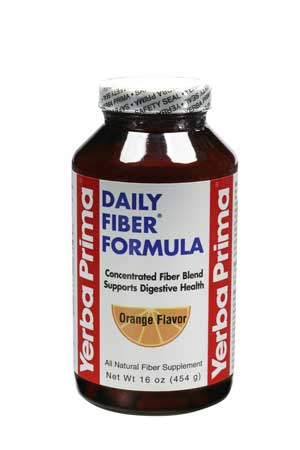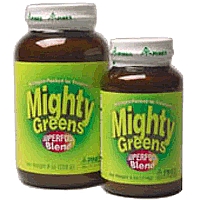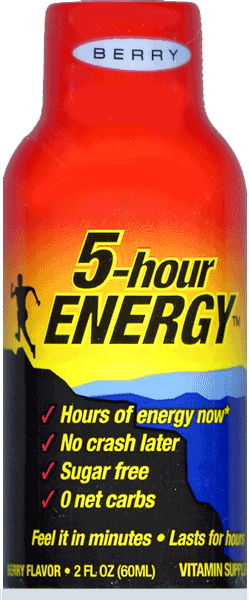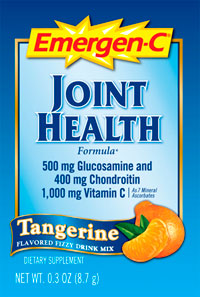Advanced Shake-ology: Boost Power

Give Your Shakes a Boost!
Sure, protein shakes are a great way to get extra protein in your diet, but if that’s all you use your protein shake for – just protein – then you’re missing out.
A good meal replacement or boosted protein shake is, by itself, a great supplement. You probably use one if you’re reading this. You probably know that most deliver a nutritional payload that would typically require a 2000+ calorie meal and handful of pills to duplicate. It’s no wonder shakes are so popular. In terms of taste, mixability, flavor and nutritional options, protein and meal replacement shakes have come a million miles from the first generation of products. This has been fueled in part by the growth of expensive juice and smoothie shops with their well-meaning boost options.
Every time you make a shake at home, too, you’ve got an opportunity to get a whole lot more than just protein for your trouble. In this post, we’re going to talk about shake boosters you can use to pack more nutrition into shakes while cutting down on the number of pills you have to deal with on a daily basis. You can easily make great-tasting shakes, with more personalized and better boost options than those expensive juice places.
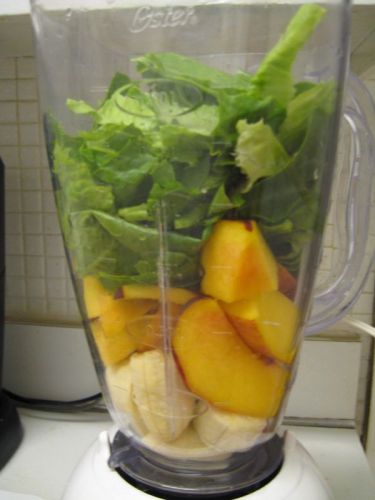
Right idea, wrong execution.
These are the two great, overlooked things about shakes; first, how a shake is an ideal vehicle to take other, perhaps may other nutrients at the same time, even in very robust potencies. Second, how these same shake booster ingredients can cut down or even eliminate the need to deal with tablets and capsules entirely.
Whether you call them shake boosters or anything else, there are dozens of other kinds of nutritional supplements you can sneak into your shakes with minimal effects on taste, and many actually improving the taste. These deliver the same benefits as nutrients that you’d otherwise have to take in pill form, because they’re the same exact nutrients. So by planning ahead and having the right shake booster ingredients on hand, you can drastically cut down on the number of pills you have to swallow, or even go entirely pill-free, and be giving up nothing nutritionally. Look at your supplement regimen now. How many of those products could you replace with shake boosters? You might be surprised how many. Joint formulas, fiber, energy boosters, vitamins, minerals, antioxidants, and many more. Except for herbs, almost every other type of nutritional supplement is available in a powder or liquid form that you can sneak into your shake with minimal effects taste or even improvements.
So don’t let “pill fatigue” keep your shakes stuck in the 90’s. Don’t forget that if it comes in a pill, you can probably work it into your shakes. Because when it comes to nutrition, a custom-boosted shake is the best way to kill 2 ( or more) birds with one stone.
Fiber Boost: If there’s one nutrient everyone needs more of, that’s fiber. Fiber supplements can definitely help close the gap. But the majority of them are in capsule and tablet form and these can be problematic, especially for those who don’t do well with having to swallow many tablets or large tablets. Typically, one has to swallow several large capsules or tablets to get even a modest amount of fiber. A much better option is to use a powdered fiber supplement in your shake. Not only can you add a substantial amount of fiber without affecting the taste or texture very much, but having more fiber in there is a great way to make the shake more satisfying for a longer period of time, especially when using fast-absorbing protein sources like whey. One product we like a lot for this purpose is Yerba Prima’s Daily Fiber Formula.
Probiotic Immune Boost: Powdered probiotics are available and with a taste somewhere between neutral and dairy, they blend right into most protein shakes without affecting the flavor. Probiotics add a digestive and immune boost to your protein shakes by virtue of the beneficial bacteria they provide. These friendly bacteria support digestion, the production of key vitamins and other nutrients, and take a functional load off the immune system, improving overall health safely and without side-effects. For a powdered probiotic, you can use a double serving of Jarrow’s Jarro-Dophilus or for encapsulated products, simply empty capsules into the shake.
Greens and Vegetable Boost: Don’t eat enough fruits, vegetables and the proverbial leafy greens? Join the club. Adding frozen fruit to your shakes helps, especially low-glycemic and high-antioxidant fruits like cherries and blueberries. But there a lot of good mixed greens and vegetable powders on the market, that provide a concentrated source of the same nutrients you’d get if you did eat the recommended 8-9 servings of fruits and vegetables. The key with mixing greens and proteins and winding up with a good taste is not using dairy or citrus flavors or juices. The best combination we’ve found for mixing greens into a protein shake is to use apple juice and a berry flavored protein. These products come in multi-green blends, and single-ingredient powders utilizing greens like spirulina, wheat grass and barley grass.
Acai Boost: Acai’s not going to save the world, especially at 30 dollars a bottle. But it’s still a good source of antioxidants. Liquid acai supplements taste great in any berry or vanilla-flavored protein shakes.
Energy boost: Ready-to-drink energy supplements like the popular 5-Hour, Redline and Endorush drinks make great shake boosters because they’re already in liquid form, flavored and sweetened. Protein isn’t an efficient energy source for the body, and you ordinarily won’t get much energy from a low carb protein shake. So if you need some energy, just add a serving of a ready-to-drink energy booster into your shake and you’ll be ready for whatever’s in store.
Non-stimulant Energy Boost: Both d-ribose and creatine are important cellular energy factors needed for the production of ATP, which fuels vital functions, mental and physical work and exercise. Both of these are legitimate energy nutrients, but don’t affect the central nervous system so they have no stimulant effects. For shake purposes, both are best purchased and used in pure powder form. For more enhanced energy effects while still avoiding stimulants, consider adding liquid CoQ-10 and/or liquid acetyl-L-carnitine.
Muscle Boost: Some of the best muscle boosting nutrients are tasteless powders that blend into protein shakes ‘invisibly’, in terms of taste. These include creatine, glutamine and taurine powders, all of which support muscle mass and strength safely and naturally. You can use any or all of these. A good choice would be either the flavored or unflavored and tasteless version of Optimum Nutrition’s CGT powder, which includes all three: creatine, glutamine and taurine.
Fat burning Boost: Carnitine won’t make you skinny just by using it, but neither will the treadmill. You’ve got to have all the pieces in place. You do want to support fat-burning at the cellular level, and that’s what carnitine does. Carnitine helps shuttle fatty acids into the mitochondria of cells where they are oxidized for energy. Carnitine may help you burn more fat in response to your diet and exercise. Liquid carnitine supplements have a sweet-neutral taste that lets them work in almost any kind of protein supplement.
Joint Boost: You could add liquid or powdered versions of the top three joint nutrients, glucosamine, chondroitin, and MSM. But we like to add a packet of the Emergen-C joint formula which provides 500 mg of glucosamine and 400 mg of chondroitin along with a full gram of vitamin C.
Multivitamin Boost: Multis may be important, but they’re sure not exciting. High-potency multis are also fairly large tablets that aren’t easy to swallow for some users. While they have a taste you might be able to completely mask, All-One makes the best-selling line of multivitamin powders that can turn any protein shake into something much more.
Your Favorite Boost: What do you use to boost your shakes? Send your favorite recipes and boosts to mtaylor at allstarhealth.




